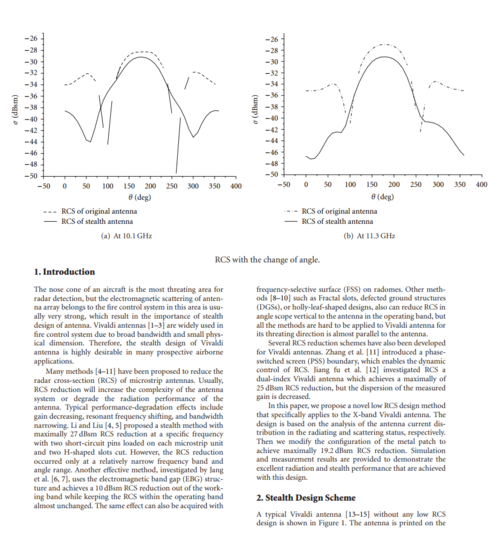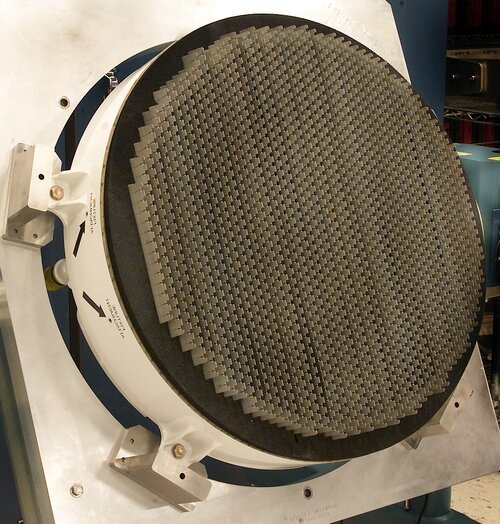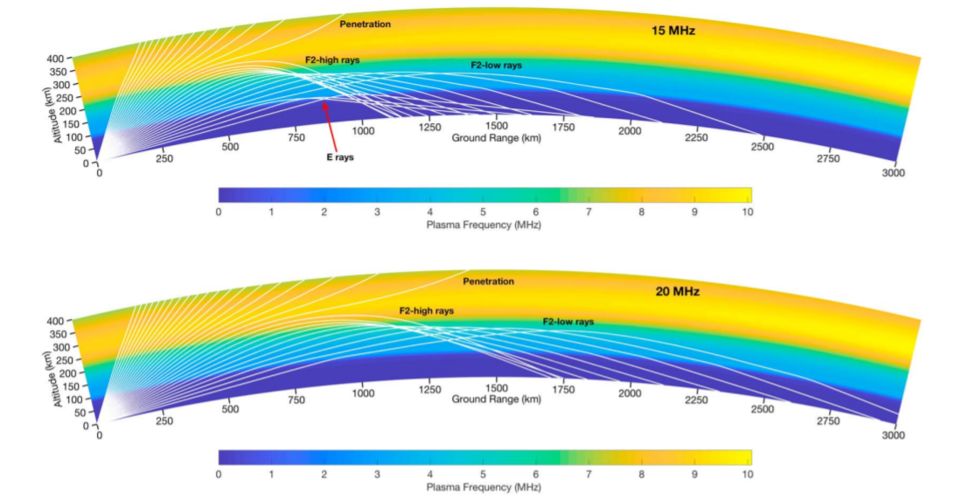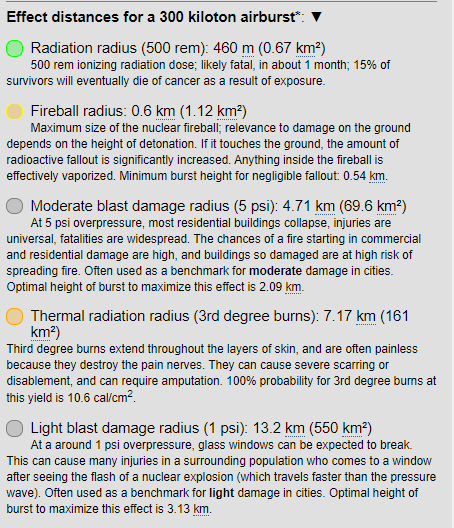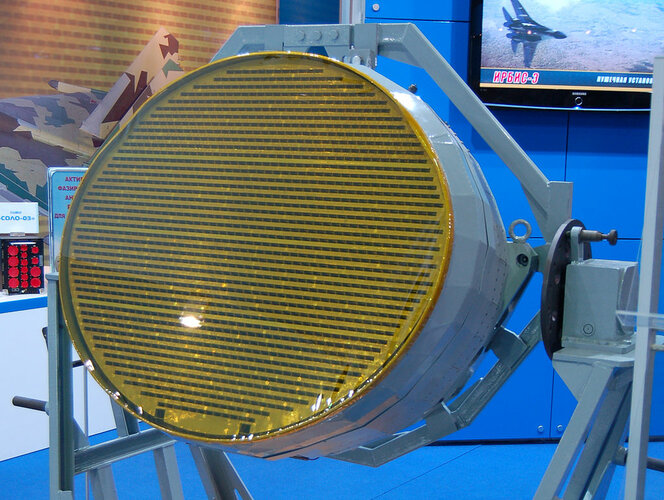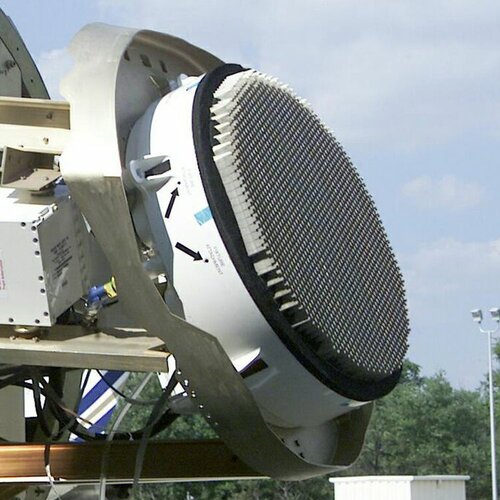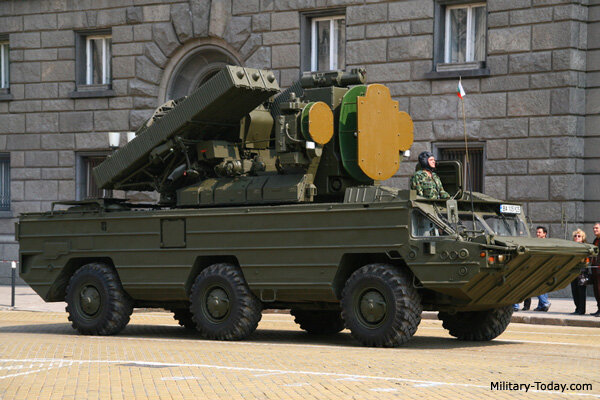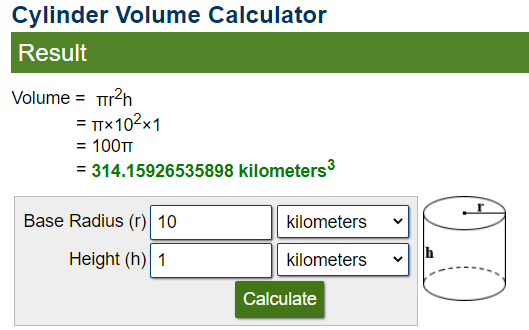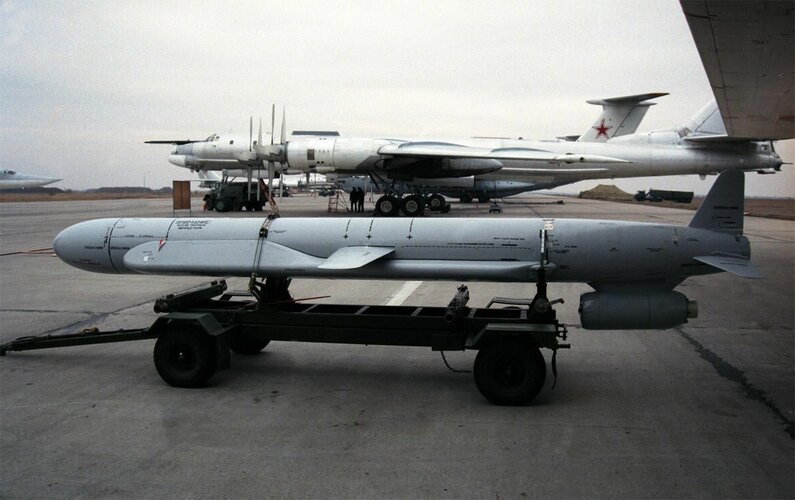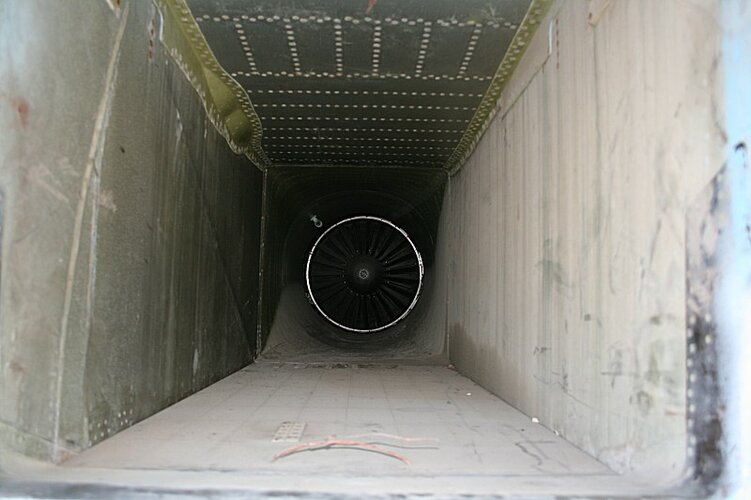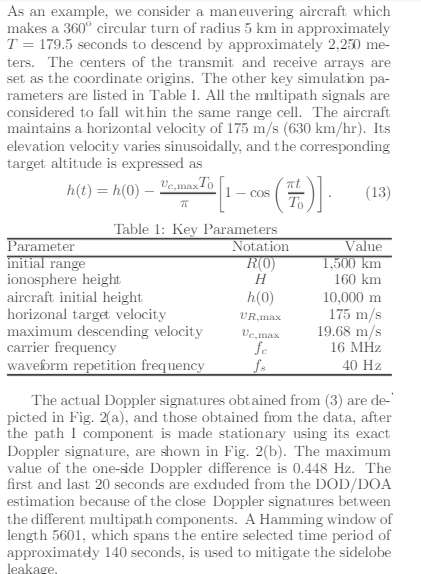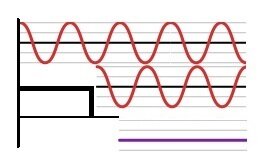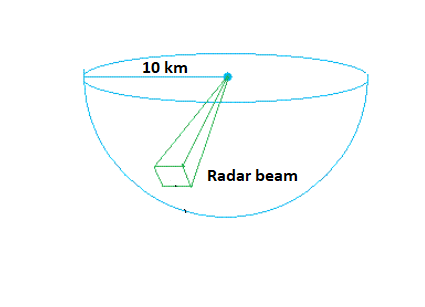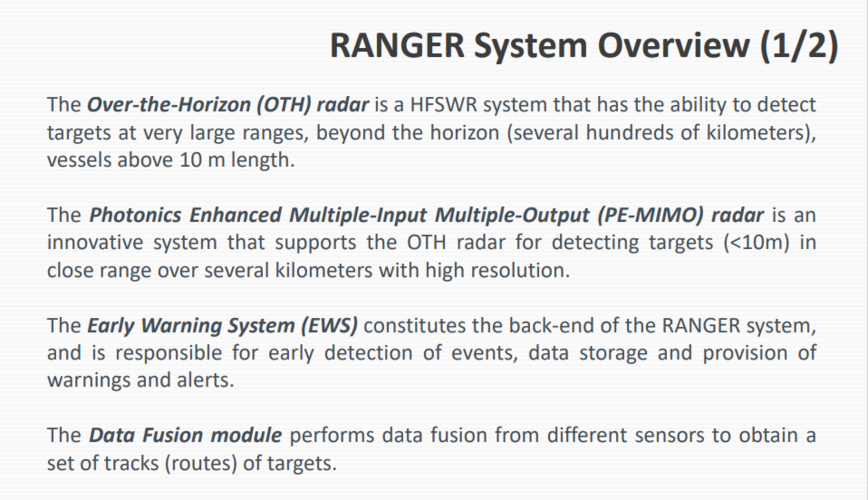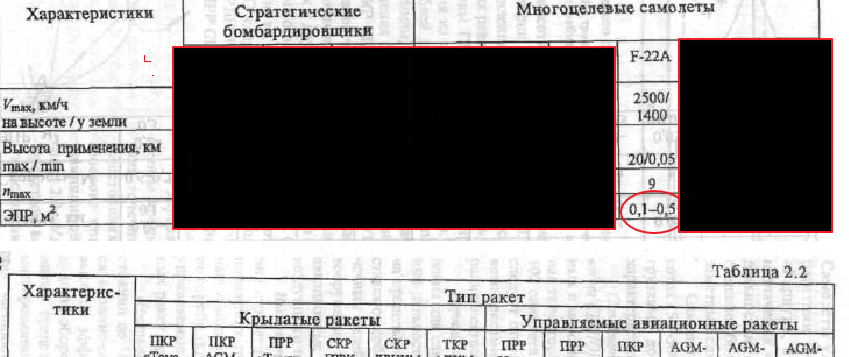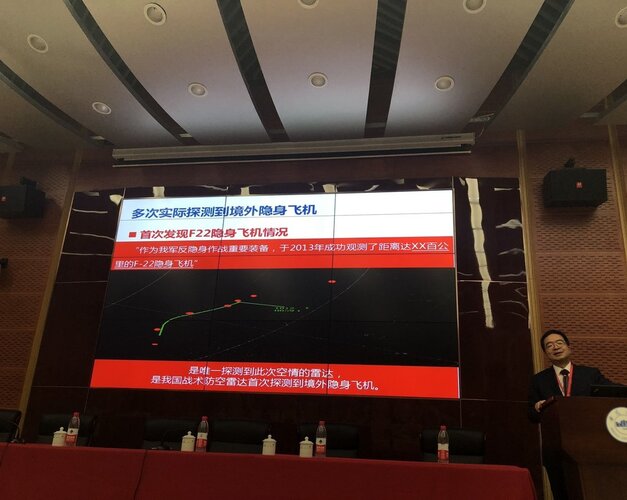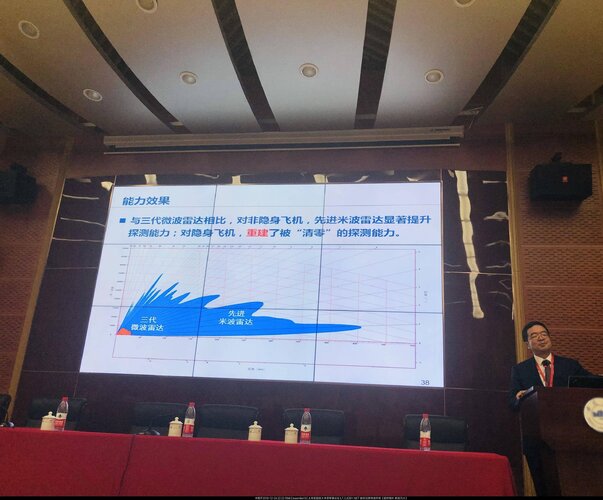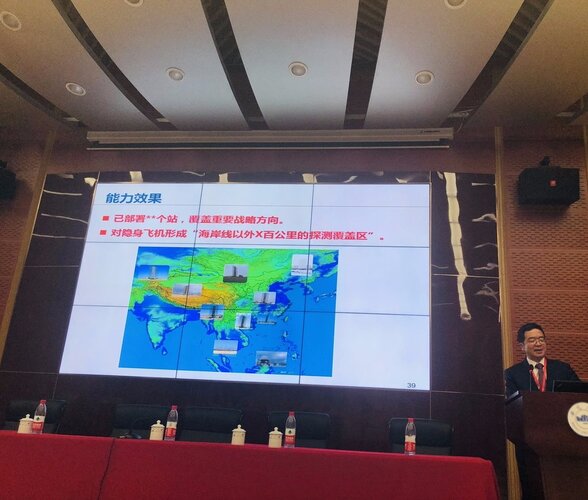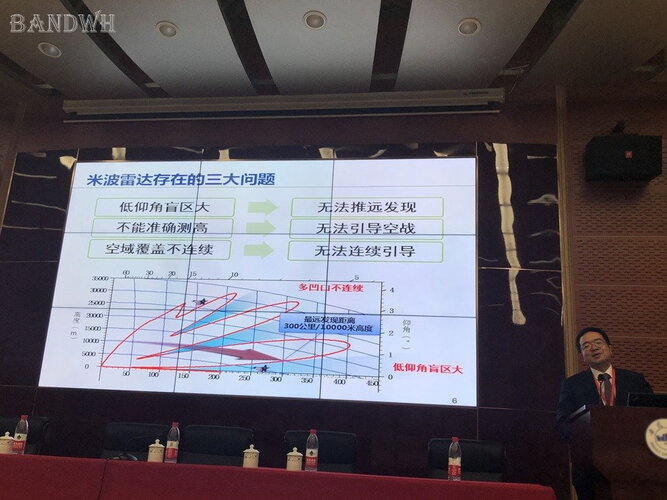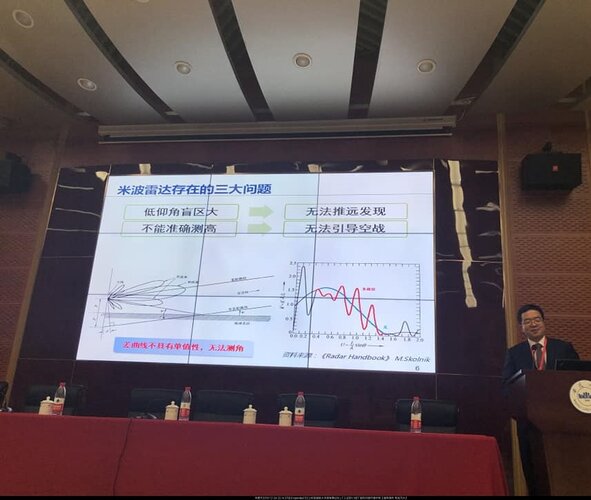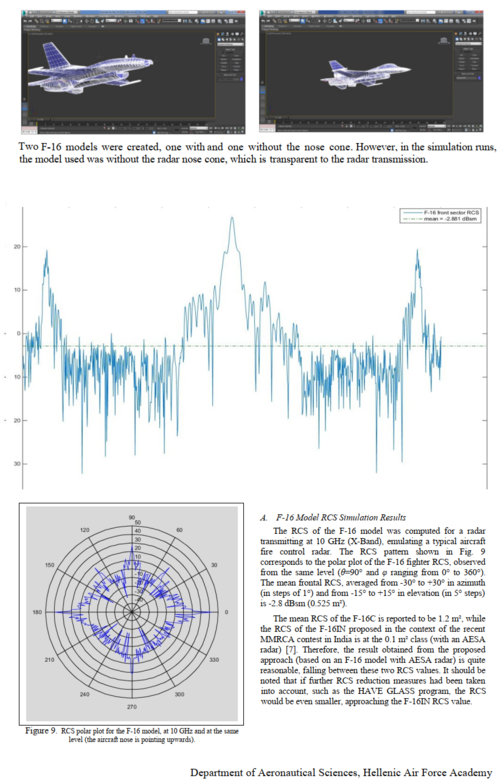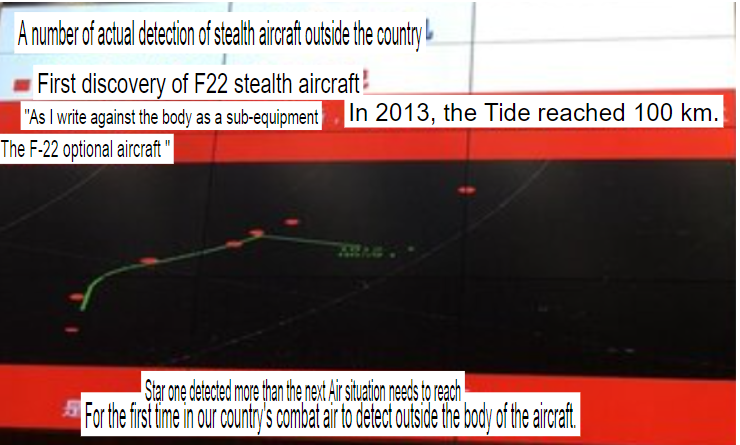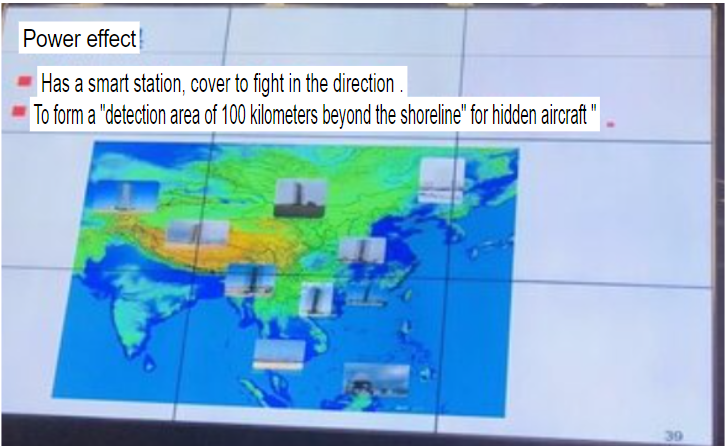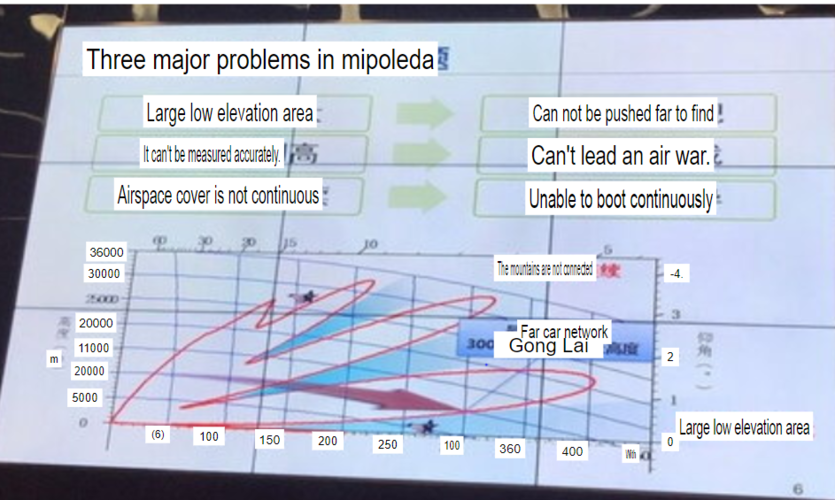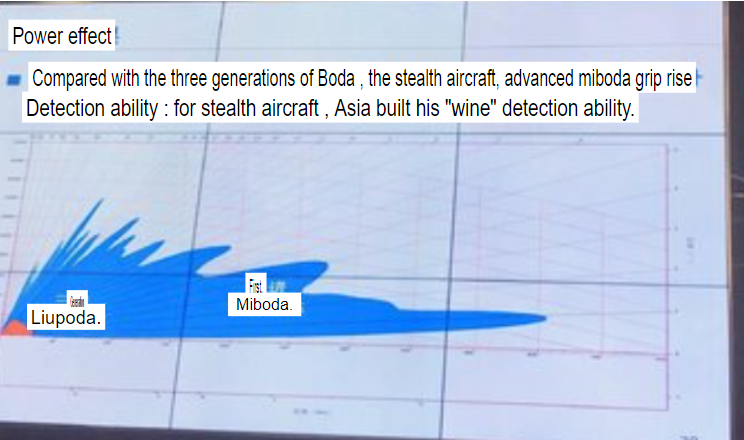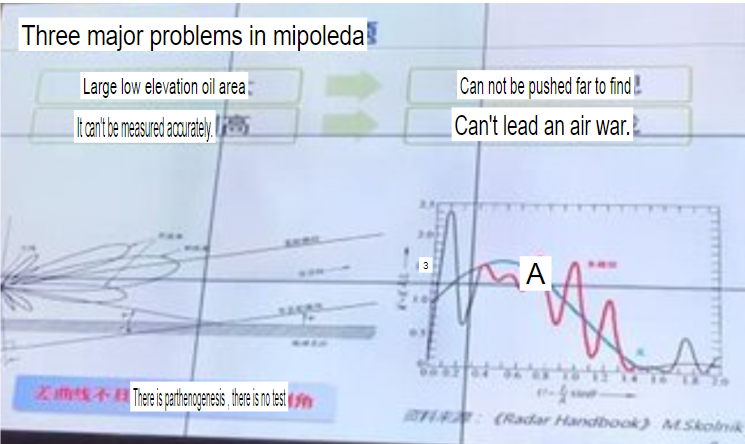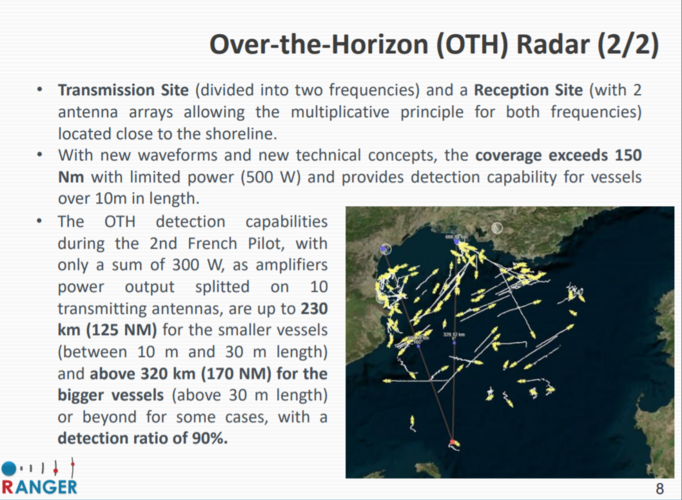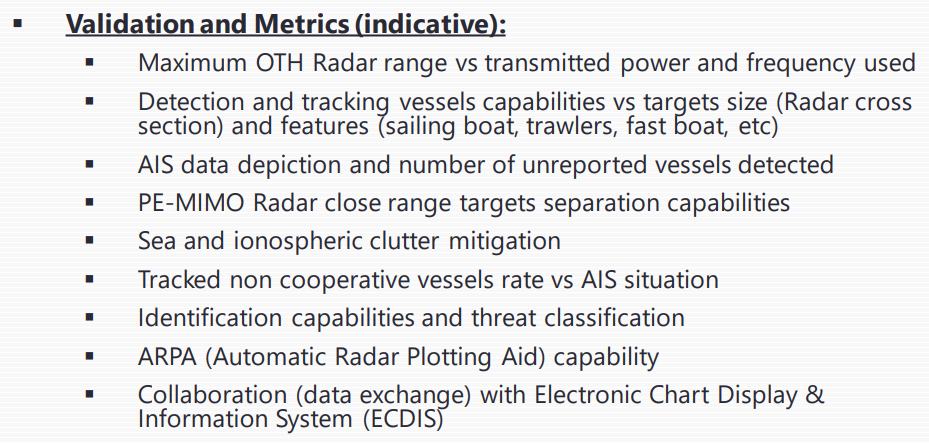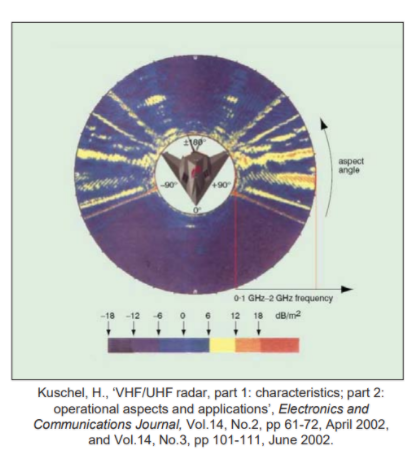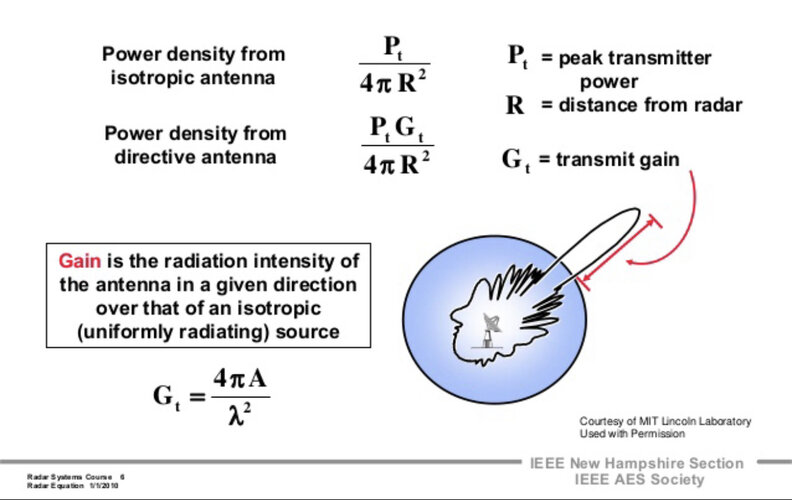LMFS
ACCESS: Top Secret
- Joined
- 19 March 2019
- Messages
- 533
- Reaction score
- 880
Thanks for the reference. Is there any clear explanation of the type of radome used in the F-22 and whether it is active or passive?From Have blue and the F-117A evolution of the "stealth fighter"
The obvious question is, why to emit so far from the central frequency of the other radar? I am not even discussing what kind of radomes stealth fighters use, but the potential of this technology in general. Imagine your frontal RCS is in the order of 0.01 sqm and you know the other plane uses a radar centered around lets say 10 GHz and has a RCS of 0.0001 sqm, obviously not considering the radar antenna. By using the same frequency you allow them to detect you, true, but you blow the whole strategy of your opponent since seeing the radar antenna would grow many times its frontal RCS. In other words, it would become a dominant RCS contribution while in your case it would remain on level with the RCS of the rest of the plane.It all depend on which frequency selective surface you are talking about,
take this one for example: there is 10 dB attenuation at +/-1 Ghz, 10 dB is equal to 10 times reduction in signal, but even if radar wave penetrate the radome and reflected from the radar aperture underneath, the reflection will pass through the FSS radome once again and you have 20 dB reduction in signal (dB is exponential unit so 20 dB is 100 times reduction in signal power)
All that said, the effort put in designing the antenna elements with LO in mind, the RAM and the inclination are already indicating such magical radomes are not in operation yet.
Of course OTH is relevant, extraordinarily relevant in fact. It turns an unexpected strike into some predictable event before it even starts for which you can prepare, guide and position your interceptors for a perfectly passive attack on the incoming stealth planes. Their awareness to such an ambush would be questionable, since eventual AWACS would be under the same huge danger because the OTH guidance would allow MiG-31 to close in, avoiding the escort. It is a game changer and is simply sending the air battle concepts built around stealth directly into the trash bin. Hence why I don't see some crazy focus on X band stealth as providing such military value.Container (29B6) is a fixed and massive stationary over horizon radar, it can't be used to guide missiles to targets, it has a massive blind circular sector that is thousands km in length around it, you can't move it across the ocean or to locations half a globe away. US also has their own OTH radar such as AN/FPS-118 and AN/TPS-71 , France has NOSTRADAMUS, Australia has JORH and these radar can all see stealth aircraft (or anything really) from thousands km away, but they still have all the limitation of any OTH radars so they are kind of irrelevant to the development of stealth aircraft. Saying an OTH-B radar can detect a stealth aircraft from thousand kilometer away is the same as saying the Tsar bomb can destroy any main battle tank with a hit, ok sure, but it is irrelevant
I still do not understand why in the world of ARH missiles we keep talking about the supposed lack of resolution of low frequency radars: they just need to provide the broad position in the sky where the plane will be and the missile seeker will do the rest. BTW, the missile coming from above has a completely different aspect in regard, with such good returns as those from the canopy and the tails. Seriously, we hear about the E-2D and its anti-stealth combined with missile guidance capabilities, but foreign analogue radars are not capable of that, why exactly?
At this point, of course a remark is needed: for expeditionary forces like USAF maybe this scenario above is not representative because they cannot carry their OTH with them, but for countries defending their territory from such expeditionary forces, it is. Russia has no need to move the OTH half the globe away. Therefore they are in the accelerated process of creating a unified network of radar stations against aerodynamic targets (ballistic targets are already covered) where Konteiner will be the main element. If I am not mistaken, the development of new stealth platforms has such radars very much in focus, hence the talk about removing vertical tails and improving designs against low frequencies. I don't know how much has been said regarding this issue for B-21, but it is sure this is one of the main topics. The lack of images of the plane shows the USAF wants to keep the considered frequencies secret for as long as possible.
As argued already before, if attacks are launched on such strategic assets, which are necessary to detect nuclear tipped CMs, first they would need to reach an extremely well protected target in the strategic rear, and if they hit, then the time for conventional warfare is over.
Last edited:

